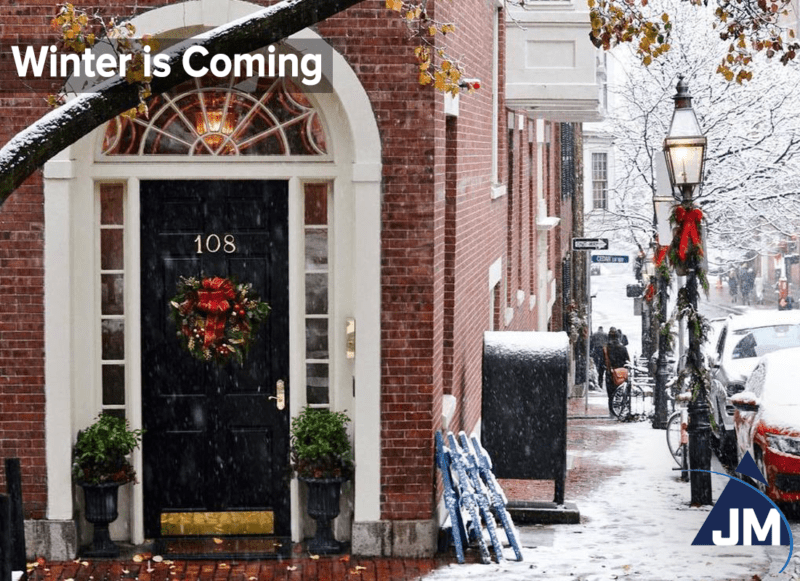Winter is here, which means two things for New Englanders, cold and (frequently) snowy weather, and the return of holiday shopping. Now, as residents and local businesses face another chilly season, we wanted to share a few tips for staying safe and warm.
At a time when online U.S. retail sales continue to rival general retail sales, events like year-end holiday shopping have never been more vital to local communities. As a result, the strain on local businesses is at an all-time high to ensure dependability and on-site safety for consumers.
With millions of people in the region making holiday purchases at both locally-owned stores, open-air markets, factory outlets and major shopping centers (rather than online) last year, it is critical to provide a safe and green experience. Whether you’re shopping for your loved ones – or working this holiday season – here are a few tips from our colleagues in the field so you’ll never be left out in the cold:
- Heated jackets: extended exposure to the elements increases the possibility of cold and flu symptoms. That’s why it is often helpful to wear battery-powered heated jackets to stay warm in winter temperatures. According to OSHA, protective clothing is recommended for work at or below 4 degrees Celsius or below 39.2 degrees Fahrenheit. And even if you are not working in a tundra, a heated jacket will keep you comfortable and – hopefully – more productive.
- Stay hydrated: while drinking a cold glass of water on a hot summer day may be more satisfying, it is equally important to stay hydrated during the winter months as well. In winter, we tend to go for longer periods without water, not realizing that breathing cold and dry air causes the body to lose significant amounts of fluid. Sweat evaporates in cold weather, which also contributes to less water consumption. Though it may seem strange, water is necessary regardless of the season, but especially in winter when it’s sometimes overlooked, as it helps regulate body temperature and boost the immune system, helping to avoid illness.
- Covering skin: during the winter, skin tends to get dry, flaky, and chapped. This can create discomfort – but exposure to the elements can also increase the likelihood of frostbite or hypothermia. The colder the temperature and the longer the body is exposed to freezing conditions, the more damaging frostbite can become. This is why proper protection from head to toe is a must.
- Shovel walking paths: while pristine snow looks beautiful, it is treacherous at home and on job sites. When it melts and refreezes, ice forms. Slippery surfaces are a recipe for disaster for anyone out walking or working in the elements. According to a recent study from the Bureau of Labor Statistics, slips, trips and falls accounted for hundreds of workplace fatalities, one of the highest rates this decade. Many of these accidents occurred during the winter when snow and ice are factors.
- Beware of falling ice: especially with so many Boston high-rises recently completed or in development, the hazard of falling ice is high during New England winters. Besides the obvious risk of injuries and fatalities, large icicles falling with force can cause significant property damage. Clearing ice is equally important for homeowners. Be on the lookout for warning signs posted in and around the streets of Boston.
As weather-related risks increase in the winter, businesses and companies must reinforce safety protocols, spelling out the best ways to avoid harm. By prioritizing safety, both workers and consumers can enjoy the holiday season and minimize any avoidable accidents.
